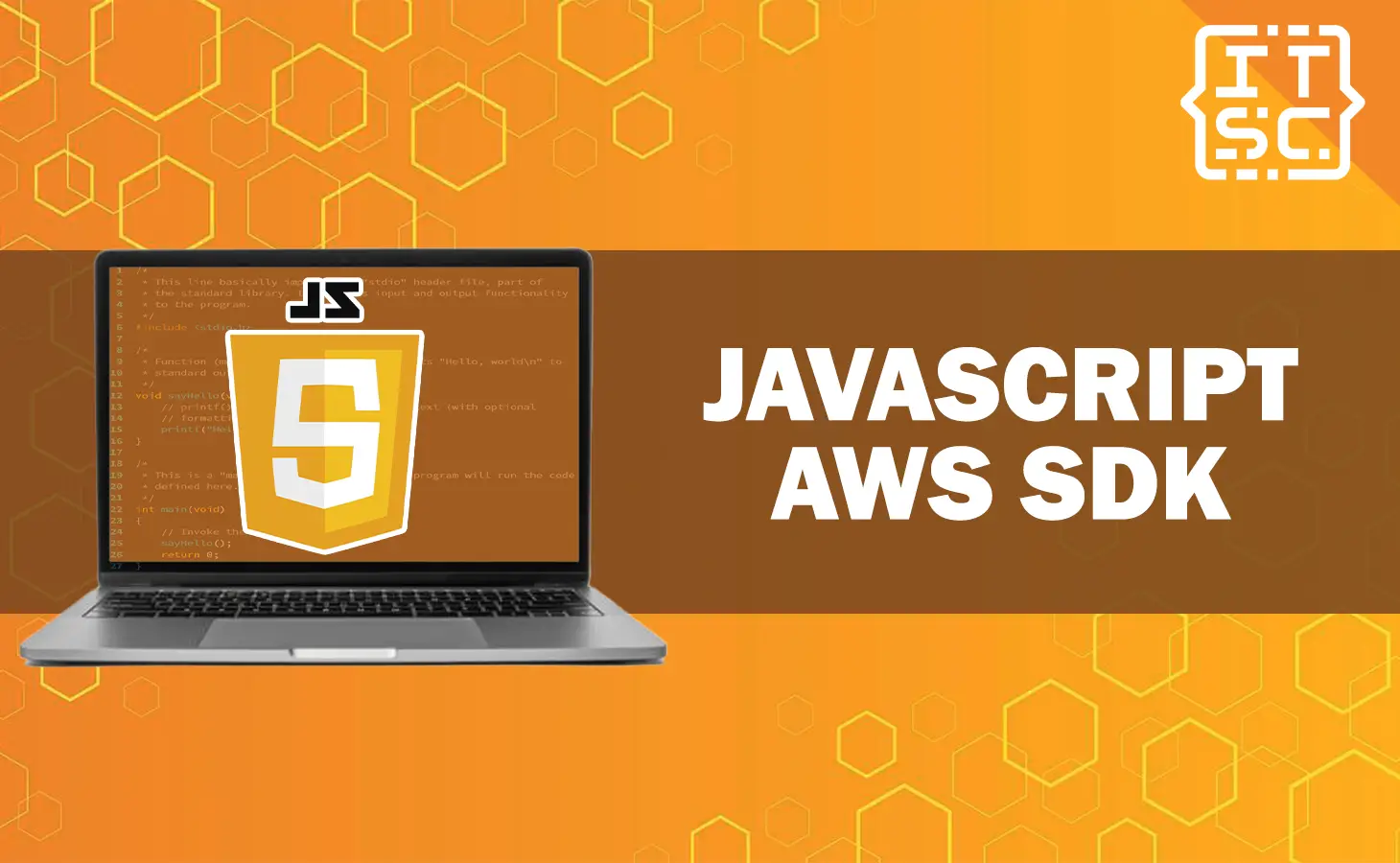When it comes to cloud services, Amazon Web Services (AWS) stands tall as a head. To utilize the whole potential of AWS within your JavaScript applications, you need a powerful tool – the JavaScript AWS SDK.
What is JavaScript AWS SDK?
The JavaScript AWS SDK is a functional and powerful library that allows developers to interact with different AWS services directly from their JavaScript applications.
This SDK streamlines the process of assimilation AWS services into your application, allowing you to access, manage, and manipulate cloud resources without leaving your development environment.
Features and Benefits
Simplified Integration
The JavaScript AWS SDK details the complexities of AWS API calls, providing developers with a user-friendly interface.
This shortens the integration process, allowing even those with limited AWS experience to smoothly incorporate cloud services into their applications.
You may also read: JavaScript Email Regex with Example Codes
Comprehensive Service Coverage
From computing and storage to databases and machine learning, the SDK supports a wide array of AWS services.
This span of coverage enables developers to create applications that use different services to meet their specific requirements.
Asynchronous Operations
Modern applications demand asynchronous operations to maintain responsiveness.
The SDK’s support for promises and asynchronous programming assures that your application remains effective and responsive while interacting with AWS services.
Security
Security is predominant in the cloud environment. The JavaScript AWS SDK integrates security best practices, allowing you to manage access controls, authentication, and encryption conveniently.
Serverless Capabilities
Grasp the nerveless architecture with AWS Lambda. The SDK promotes the creation and deployment of Lambda functions directly from your JavaScript application, allowing you to build scalable and event-driven applications.
Interacting with AWS Services
The JavaScript AWS SDK serves as a bridge between your JavaScript code and AWS services, allowing smooth interaction.
Whether you require to manage objects in Amazon S3, perform queries on DynamoDB, or initiate computations through AWS Lambda, the SDK provides a consistent and spontaneous interface.
Example of Amazon S3
const value = require('aws-sdk');
const s3 = new value.S3();
const paramsValue = {
Bucket: 'my-bucket',
Key: 'my-file.txt',
Body: 'Hello, Itsourcecode!'
};
s3Value.upload(paramsValue, (err, data) => {
if (err) {
console.error('Upload error:', err);
} else {
console.log('File uploaded:', data.Location);
}
});
Also, check out this article to understand more about JavaScript:
JavaScript Remove Item from Array by Index
Asynchronous Operations: Promises in Action
Modern web applications require non-blocking operations for optimal performance.
The JavaScript AWS SDK promises to handle asynchronous tasks effectively.
Creating an AWS DynamoDB Table
Here’s an example code:
const dynamodbValue = new AWS.DynamoDB();
const paramsValue = {
TableName: 'MyTable',
KeySchema: [
{ AttributeName: 'ID', KeyType: 'HASH' }
],
AttributeDefinitions: [
{ AttributeName: 'ID', AttributeType: 'N' }
],
ProvisionedThroughput: {
ReadCapacityUnits: 5,
WriteCapacityUnits: 5
}
};
dynamodbValue.createTable(paramsValue).promise()
.then(data => {
console.log('Table created:', data.TableDescription.TableName);
})
.catch(err => {
console.error('Table creation failed:', err);
});
Building a Serverless Image Resizer
Assume that you are creating a dynamic image-heavy website. To assure optimal user experience, images need to be resized based on the user’s device.
By combining the SDK with AWS Lambda, you can create a nerveless image resize that automatically adjusts images to fit different screen sizes.
FAQs
Installing the SDK is as common as running npm install aws-sdk in your project directory.
Yes, the SDK can be used both in Node.js applications and browser-based JavaScript applications.
Yes, AWS usually releases updates to improve functionality and security. Stay updated by checking the AWS documentation.
Conclusion
In conclusion, the JavaScript AWS SDK is a game-changer for developers looking to smoothly integrate AWS services into their applications.
Its user-friendly interface, extensive service coverage, and support for asynchronous operations make it a helpful tool for cloud integration.
By following the steps outlined in this article, you are well-equipped to launch on a journey of cloud-powered development with AWS and JavaScript.

